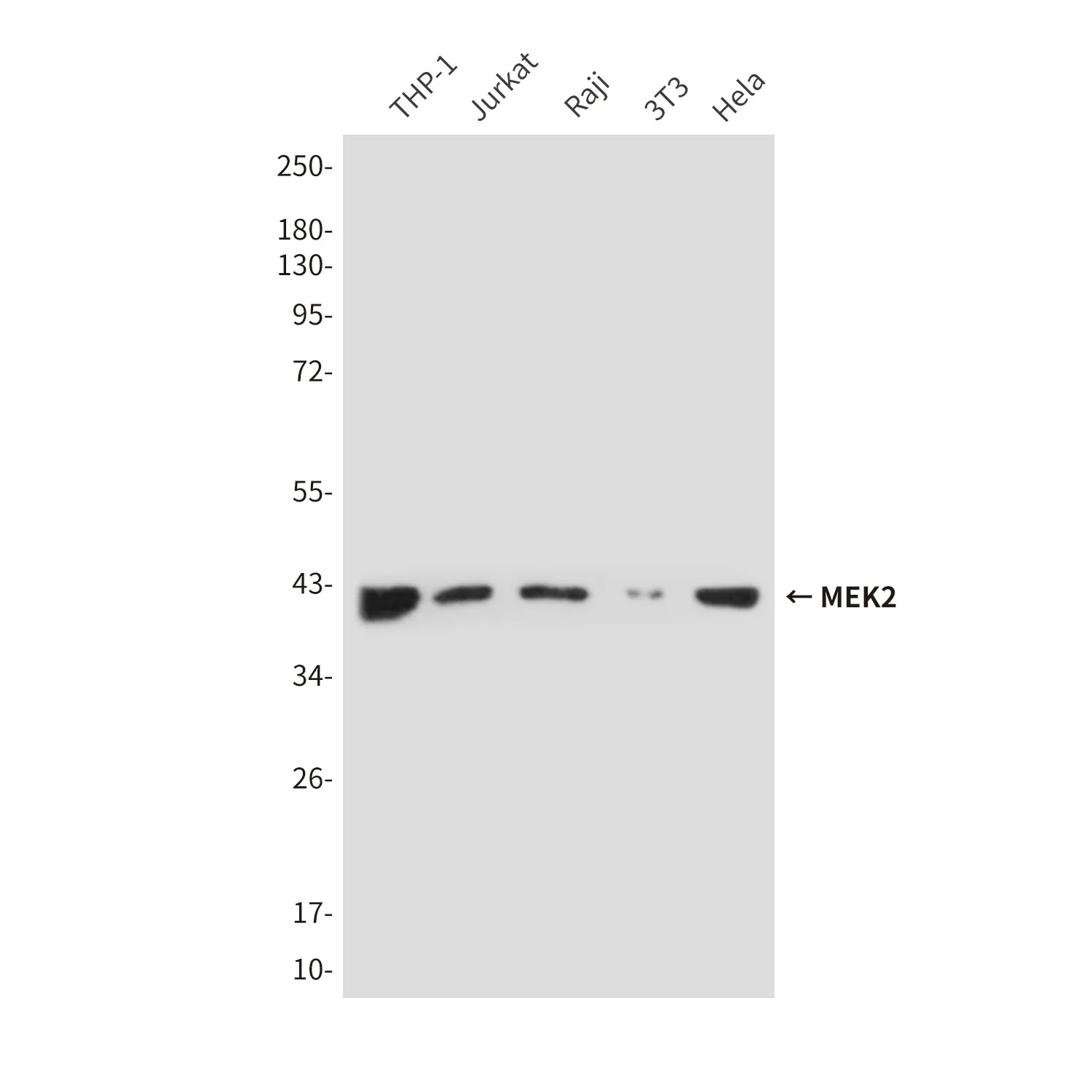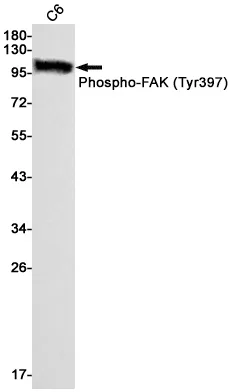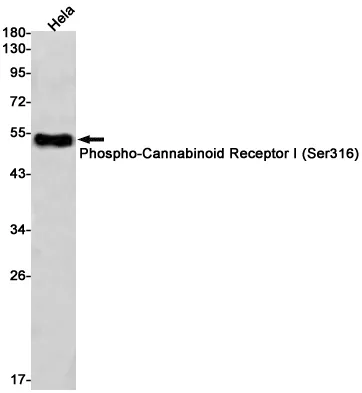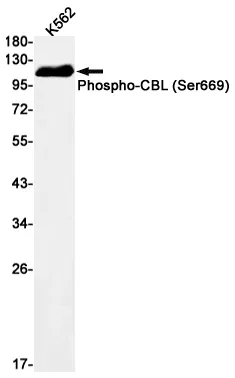Summary
Performance
Immunogen
Application
Background
Interferon Receptor alpha (IFN-a R1) is a class II cytokine receptor which belongs to type I human interferons (IFNs) family. IFNs plays a role in antiviral, antiproliferative, immunomodulatory, antitumor, and antiparasitic activities by inducing transcription of IFN-stimuated genes (ISGs) through activation of the Jak-STAT pathway. Component of the receptor for type I interferons, including interferons alpha, IFNB1 and IFNW1 (PubMed:2153461, PubMed:7665574, PubMed:10049744, PubMed:14532120, PubMed:15337770, PubMed:21854986). Functions in general as heterodimer with IFNAR2 (PubMed:7665574, PubMed:10049744, PubMed:21854986). Type I interferon binding activates the JAK-STAT signaling cascade, and triggers tyrosine phosphorylation of a number of proteins including JAKs, TYK2, STAT proteins and the IFNR alpha- and beta-subunits themselves (PubMed:7665574, PubMed:21854986, PubMed:32972995). Can form an active IFNB1 receptor by itself and activate a signaling cascade that does not involve activation of the JAK-STAT pathway (By similarity).
Research Area




